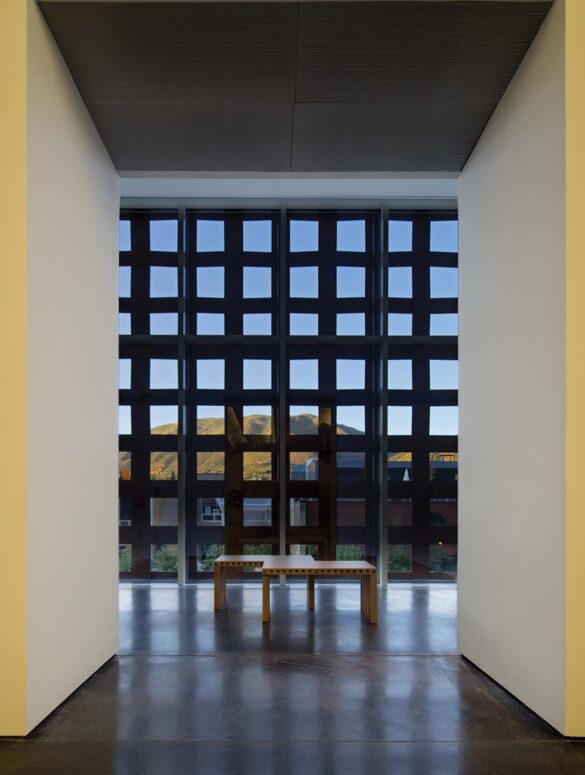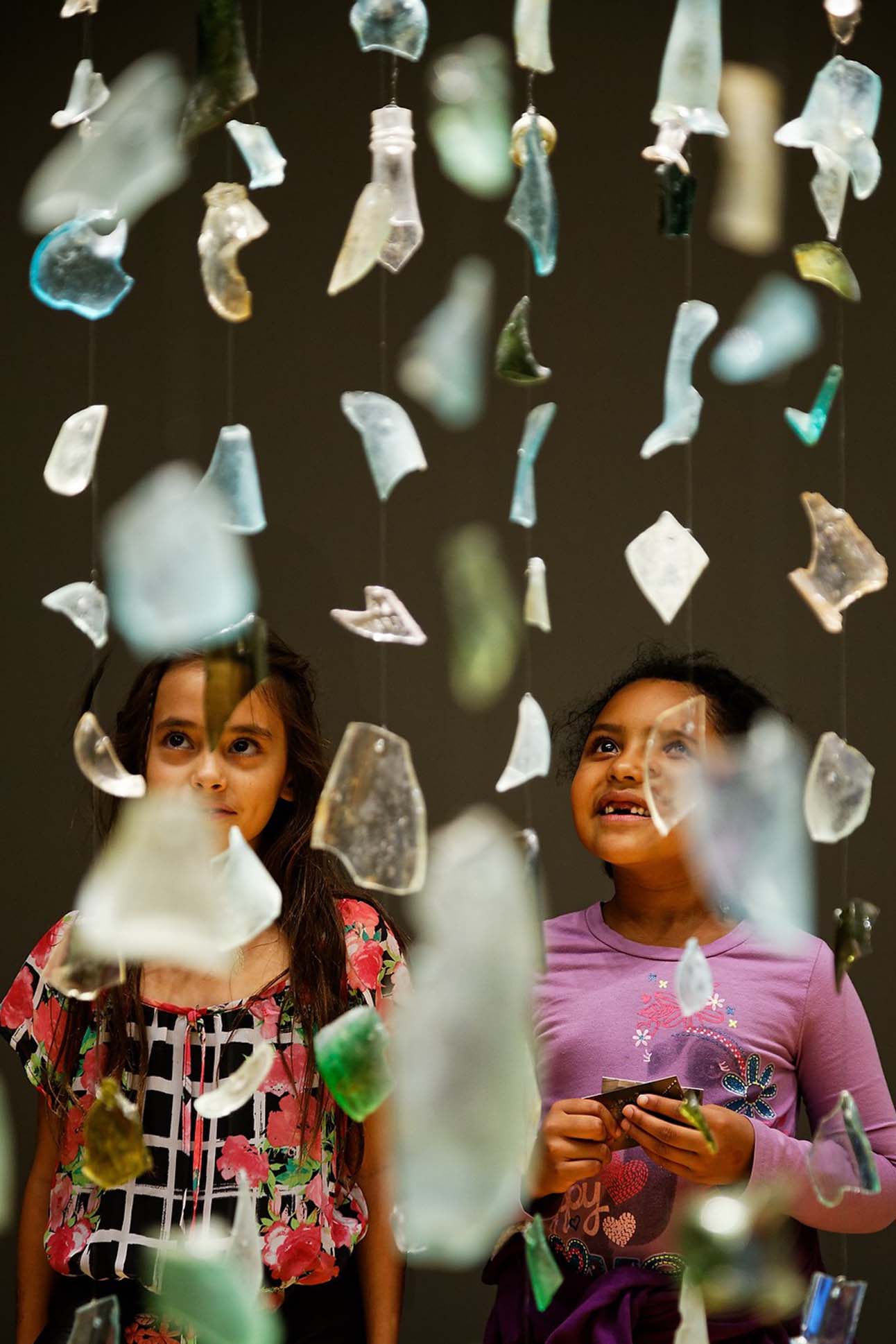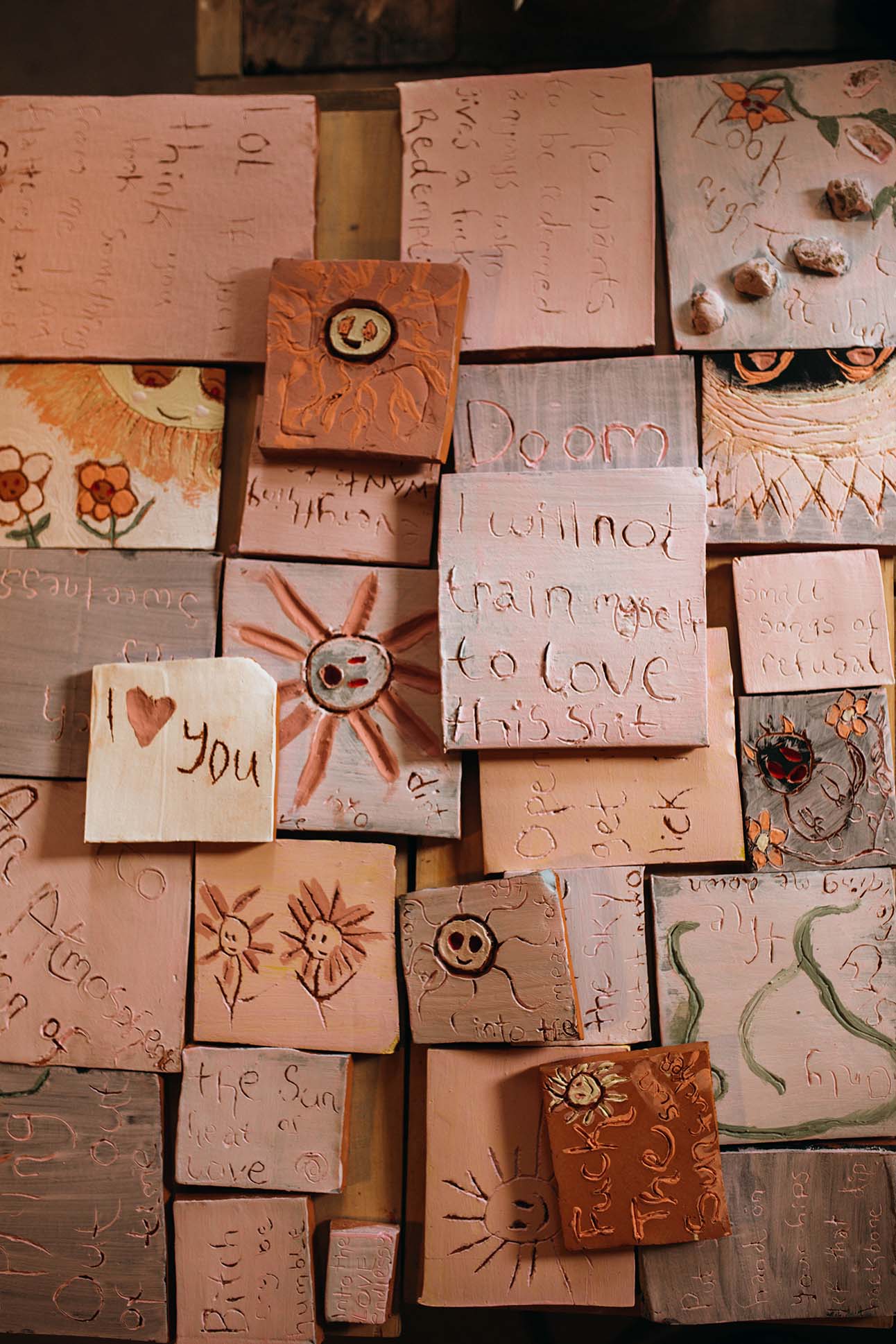Text by Meredith Diers
Images by Michael Brands, Kelsey Brunner, Simon Klein, Roshni Gorur, and courtesy of Lara Whitley Studio
When Chicago businessman Walter Paepcke and his wife, philanthropist Elizabeth Paepcke, arrived in Aspen in 1945 and became enamored with the area’s natural beauty, they made it their mission to redevelop the largely deserted mining camp and turn it into a destination for the bettering of mind, body, and spirit, a notion that’s come to be known as the “Aspen Idea.” Part of that vision included importing contemporary art and luring artists, thinkers, builders, and architects to the sleepy mountain town.
Over the ensuing decades, Aspen emerged as an unlikely stage for contemporary art, drawing a steady stream of art-world figures who brought with them the latest in Pop Art, Minimalism, and the Bauhaus. Each new import helped to fuel a succession of arts institutions such as the Aspen Center of Contemporary Art, established in 1979 and renamed the Aspen Art Museum (AAM) in 1984.
When the museum eventually moved from its original home in a repurposed hydroelectric plant on the outskirts of downtown Aspen to its current location on a prominent corner in the center of town in 2014, it was a polarizing presence. The new building, designed by Pritzker Prize-winning architect Shigeru Ban, resembled nothing else in the area; its inaugural rooftop exhibition, Chinese artist Cai Guo-Qiang’s “Moving Ghost Town,” was equally controversial.
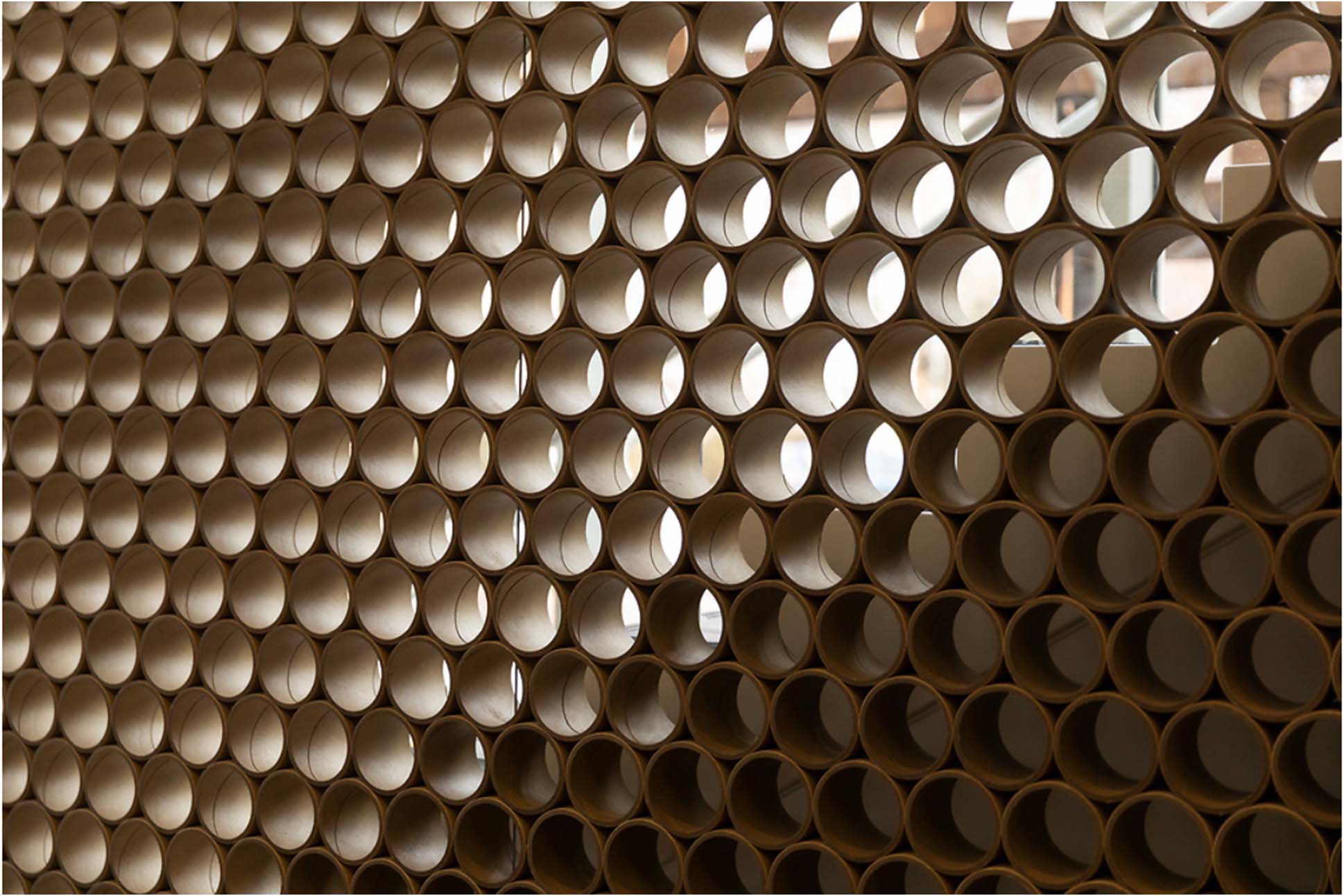
Yet the institution continued to assume a formidable role in the local art scene, recently serving as the sole venue in the country to host a major retrospective of the life and work of Pop Art icon and frequent Aspen visitor Andy Warhol. Significant not only for seizing the spotlight from art cities such as New York and London, the museum-wide survey exhibition also highlighted Aspen’s history of attracting influential figures in contemporary culture and enchanting them with its holistic mix of culture, nature, and recreation.
On the heels of such a high-profile international exhibition as “Andy Warhol: Lifetimes,” it’s easy to forget all the ways the Aspen Art Museum has quietly worked alongside Aspen’s numerous institutions and community arts centers to enrich the artists and community in its own backyard. That effort, however, is a cornerstone of the museum, says executive director Nicola Lees, who took the helm of AAM at a defining moment—the onset of the pandemic in 2020—and who “sees the museum as a community resource first.”
To that end, the Aspen Art Museum has steadily facilitated arts and cultural programming throughout the Roaring Fork Valley, including bringing art to an unexpected place: Pitkin County Jail. For more than a decade, AAM has been sending arts educators to the detention facility along with images of the art currently on display in the museum, using the works as inspiration for corresponding exercises in art making. Lessons have included line drawing, paper folding, and sculpture, with the goal of creating an active, multi-sensory experience unlike those typically available to the incarcerated.
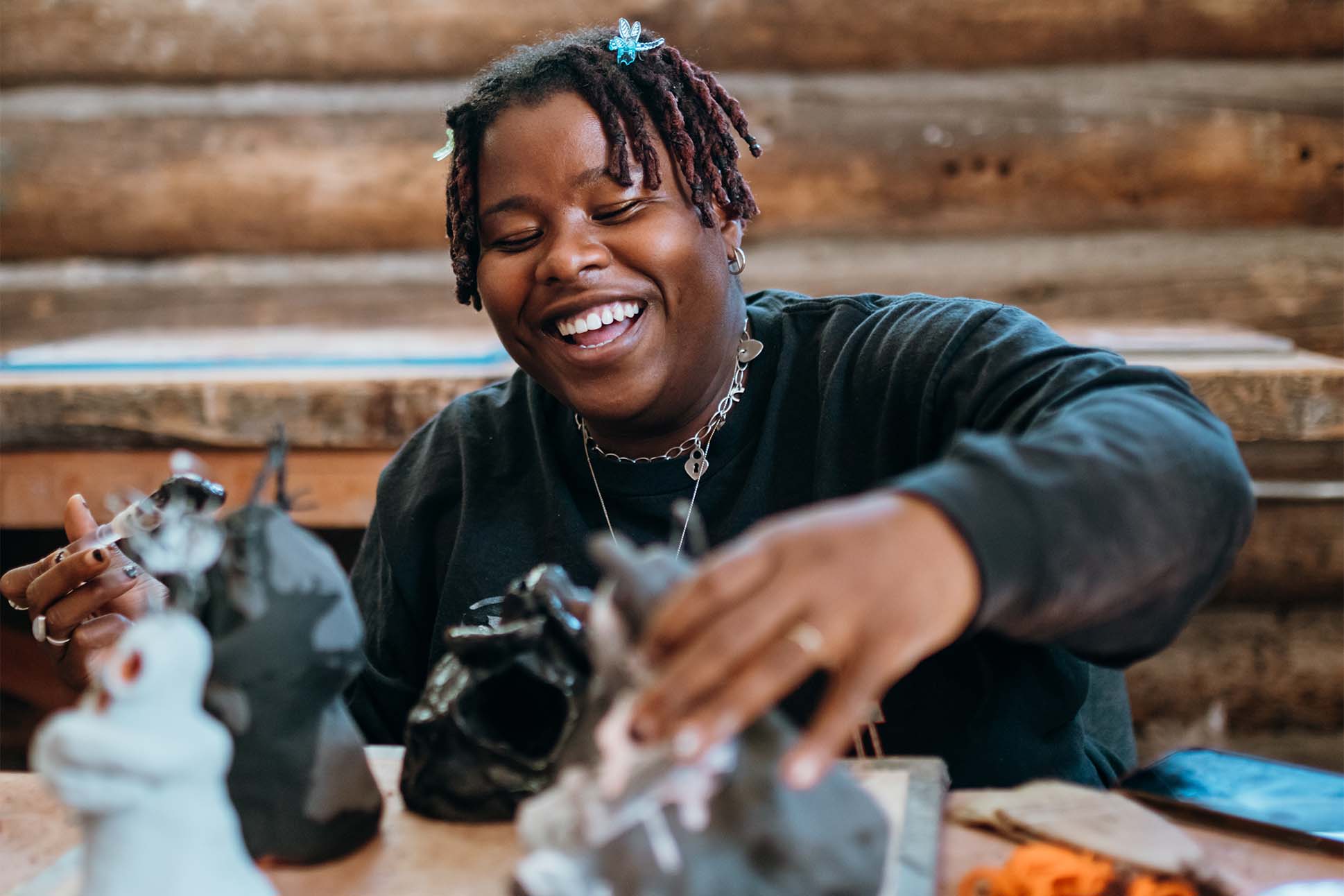
“Many don’t understand how art can be a meaningful part of life,” says artist, educator, and AAM’s director of education and community programs Theresa Booth Brown. “As an art teacher of 40 years, bringing this experience to the inmates, one that most have not had, is incredible to see.”
Temporarily on hold due to the pandemic, the program ran once a week since its inception. When sessions are allowed to resume, Booth Brown plans to expand the program to include new mediums, starting with clay—part of a new partnership with Carbondale Clay Center, a nonprofit community arts center located a half hour from Aspen in Carbondale.
In a separate partnership with another Carbondale institution, Anderson Ranch Arts Center, the Aspen Art Museum presented its longest-running exhibition to date: “Every Earthly Morning the Sky’s Light touches Ur Life is Unprecedented in its Beauty.” For the opening of the installation in the summer of 2021, the New York City-based Nigerian American artist and poet Precious Okoyomon transformed the rooftop of the Aspen Art Museum into a verdant garden populated by a chaotic assemblage of invasive and indigenous plants. On view for 18 months through October 2022, the ambitious display is designed to evolve with the passing seasons and features sculptures and ceramic tiles that Okoyomon crafted at Anderson Ranch Arts Center over two visits in spring 2021.
Anderson Ranch Arts Center was also the hosting venue for a recent gallery show featuring the Aspen Art Museum’s 2021 artist fellows, a culmination of the museum’s nine-month-long artist fellowship program, which Booth Brown founded in 2018. Available to artists living and working in the Roaring Fork Valley, the program offers mentorship, professional development, and opportunities to meet with other artist fellows, visiting artists, and curators, as well as an honorarium to realize each artist’s fellowship project.
During her time as an AAM artist fellow, artist Lara Whitley created an ephemeral work for Aspen Space Station, an immersive outdoor installation erected by a group of artists and climate activists on a 30-acre site on the back of Aspen Mountain in the summer of 2021. Whitley contributed a shrine-like space crafted from “mountain glass,” a term she uses to describe the century-old glass, ironstone pottery, and other relics from Aspen’s mining era that she recovers from former dumping grounds near her home studio in Aspen.
Whitley also devoted the fellowship to producing a large-scale public installation she’s preparing to construct later this year at Beyul Retreat, a sprawling wilderness refuge located an hour outside of Aspen in the White River National Forest. The installation will serve as another contemplative space in nature, this time delineated by walls of aquamarine glass fragments suspended between a thicket of lodgepole pine trees that stand in a naturally occurring spiral along the 10th Mountain Division Trail.
“Aspen and the Roaring Fork Valley is a tough place to be an artist because of the cost of living, but it’s also a great place to be an artist because of the fantastic resources and support here,” Whitley says. “The cohort of artists provided resources and a community, and the fellowship allowed me the freedom to be more daring with my ideas. It was permission to go big for a year.”

